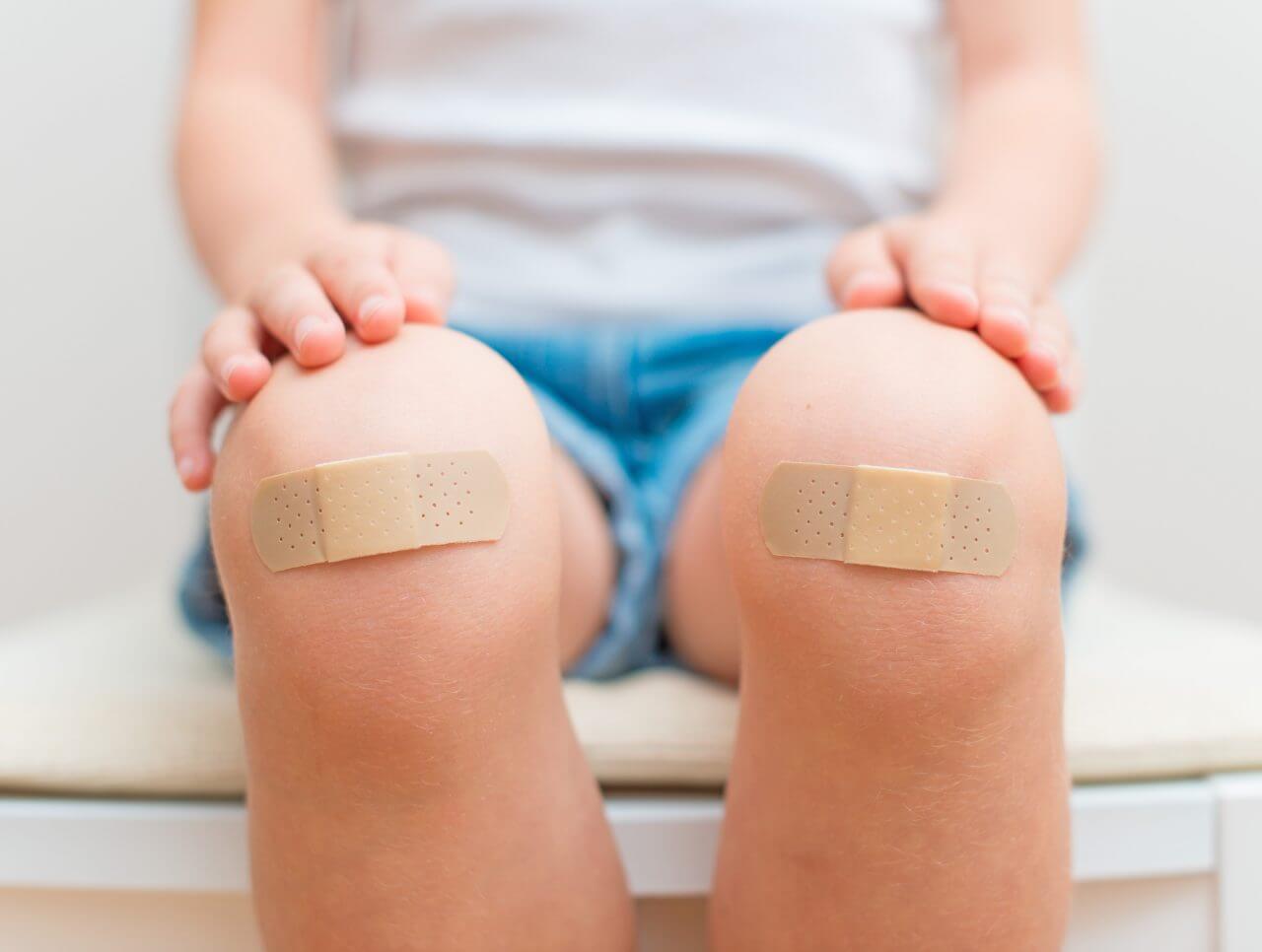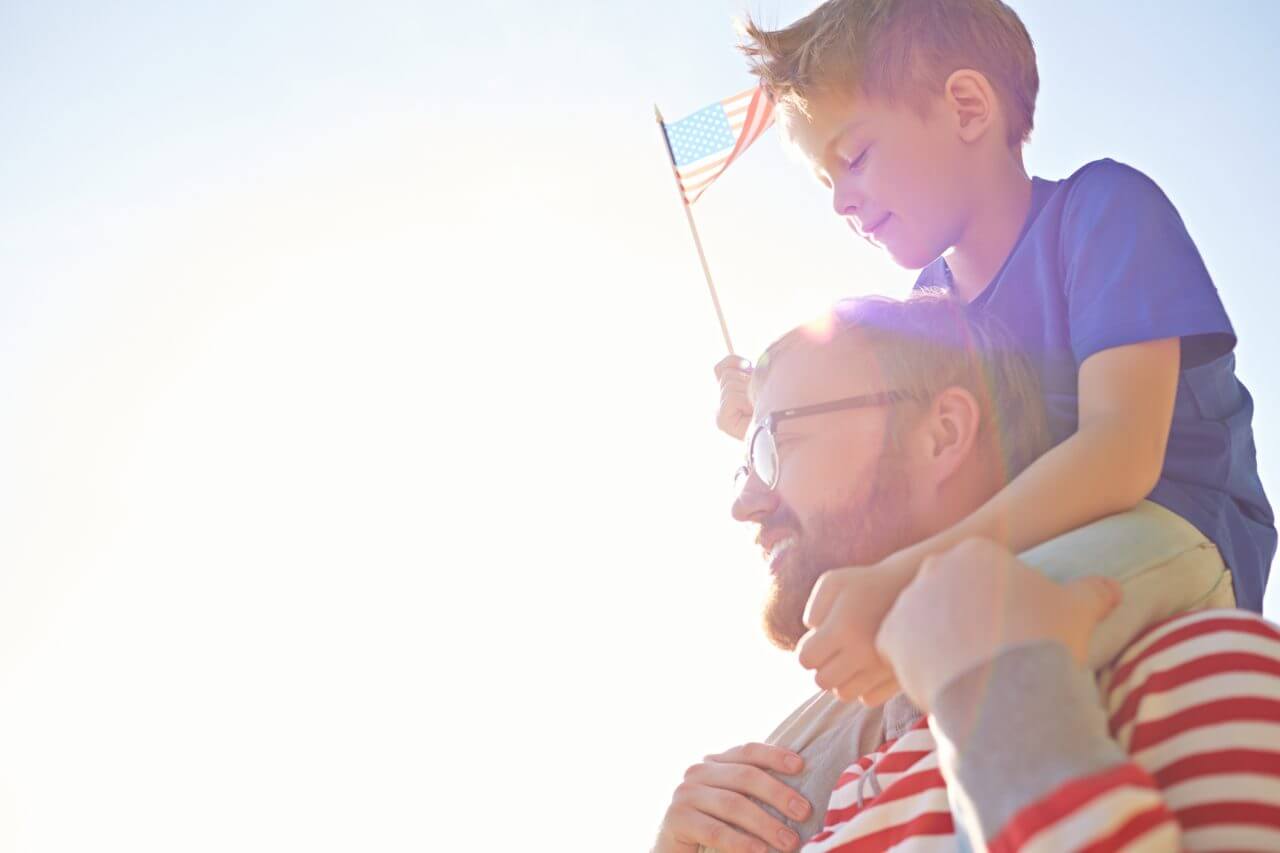What To Have In A First Aid Kit

Why is it important to have a first aid kit? The answer is that having the right first aid supplies in your home and car can help you handle minor injuries quickly and effectively. These kits should be stored in a cool, dry location and out of reach of young children. However, anyone old enough to use the kit should know where to find it. You can purchase first aid kits at drugstores or online, but you can also assemble first aid kit necessities on your own.
What Should a First Aid Kit Have?
What should you have in a first aid kit? To some degree, it depends on your activities, but the first aid checklist below is a good starting point.
Wound/Injury care
● Standard elastic bandages in assorted sizes
● Butterfly bandages in assorted sizes
● Sterile gauze
● Adhesive tape
● Large triangular bandage
● Superglue (which can be used to close small, cleaned cuts)
● Several pairs of disposable non-latex examination gloves
● Tweezers and scissors
● Hydrogen peroxide
● Finger splint
● Instant cold packs
● Cotton balls and cotton swabs
● Surgical mask
● Rubber tourniquet or 16 French catheter
● Petroleum jelly or another lubricant
● Duct tape
● Safety pins
● Hand sanitizer
● Antibiotic ointment and antiseptic solution
● Plastic bags in various sizes
● Eye shield or pad
● Thermometer
● Sterile saline and bulb suction device for flushing wounds
● Eyewash solution
● Syringe and medicine measuring cup
● First-aid manual
Medication
● Over-the-counter pain relievers (acetaminophen, ibuprofen, etc.)
● Epinephrine auto-injector (if prescribed by your doctor)
● Cold medicine
● Antacids
● Antihistamine
● Aspirin (may be recommended for adults with chest pain; do not give to children)
● Hydrocortisone cream
● Aloe vera gel
● Calamine lotion
● Laxative
● Anti-diarrhea medication
● Personal medications not requiring refrigeration
Miscellaneous items
● Waterproof flashlight and headlamp with spare batteries
● Notepad and pen/pencil
● Waterproof matches
● Space blanket
● Sunscreen
● Bug repellant
● Medical history and consent forms for family members
● Cell phone solar charger
● Emergency phone numbers (doctor, roadside assistance and other emergency service providers, poison control center, etc.)
Use this standard first aid kit checklist to ensure you have the right supplies available in an emergency.
Maintain Your First Aid Kit
After buying or assembling your first aid kit, be sure to review it periodically to ensure it’s always well-stocked. Replace any medication that’s expired and any items that have become damaged or worn. This is especially important for the kit you keep in your car if you’re planning a road trip.
If you need medical attention for an emergency that requires more than just first aid, find a Baptist Health Urgent Care location close to you.



